The Best 5 Microphone Accessories to Improve Your Recordings
Add some accessories to your studio mic.
Recording at home can be a challenge, so we’re looking at the best 5 microphone accessories to help you achieve good-quality recordings.
Whether you’re recording vocals or other instruments like guitars, pianos, strings, horns, or percussion, having the right tools can help you get the best results. Usually, when we aim for improvement, we immediately think of buying a more expensive mic or audio interface.
While this will increase the quality of your signal, it doesn’t change the room in which you’re recording. Therefore, having an incredibly sensitive high-end condenser mic will only further expose the weaknesses in your untreated room.
The Best 5 Microphone Accessories
Acoustic treatment can be costly, and installing and mounting foam structures often isn’t an option in rented apartments. However, by using some key microphone accessories you can still achieve good results with budget equipment.
Reflection Filter
When you’re recording in tight spaces you can feel like the walls are closing in. However, it doesn’t have to sound like that in your recordings. By attaching a reflection filter to your mic stand, you can reduce the amount of reflected sound being picked up by the mic.
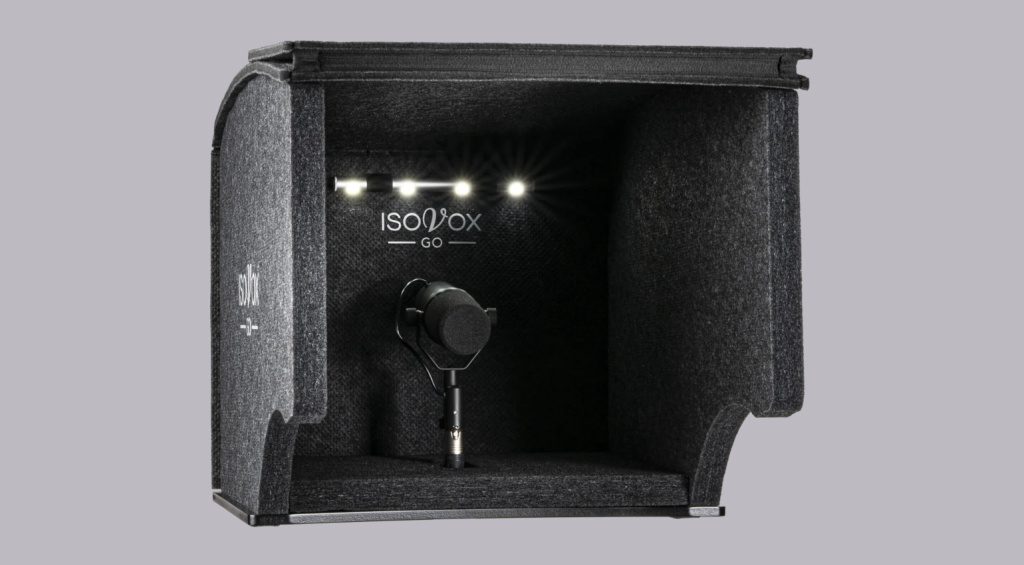
One could argue that when a reflection filter is mounted to your mic stand, it’s actually positioned off-axis of most cardioid microphones. Therefore, how much difference is it really making?
Well, you might not notice that much of a difference in larger rooms, especially if you can stand close to the mic near the center of the room. That being said, in smaller untreated rooms, you need all the help you can get.
Furthermore, acoustic treatment like this ranges from reflection filters to isolation booths that you duck into or step inside.

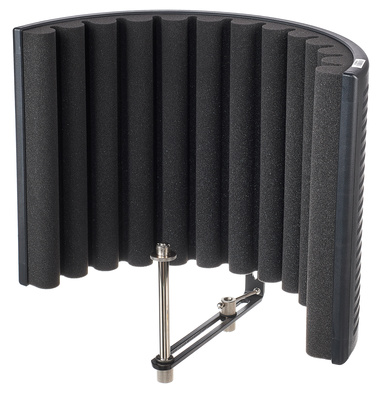

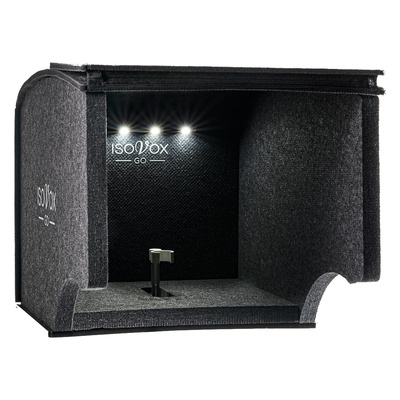

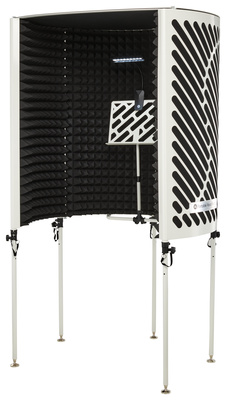
Pop Filter
A pop filter is an essential microphone accessory for several reasons. While some broadcast mics have these filters incorporated into their designs, other mics do well with pop filters in home recording situations.
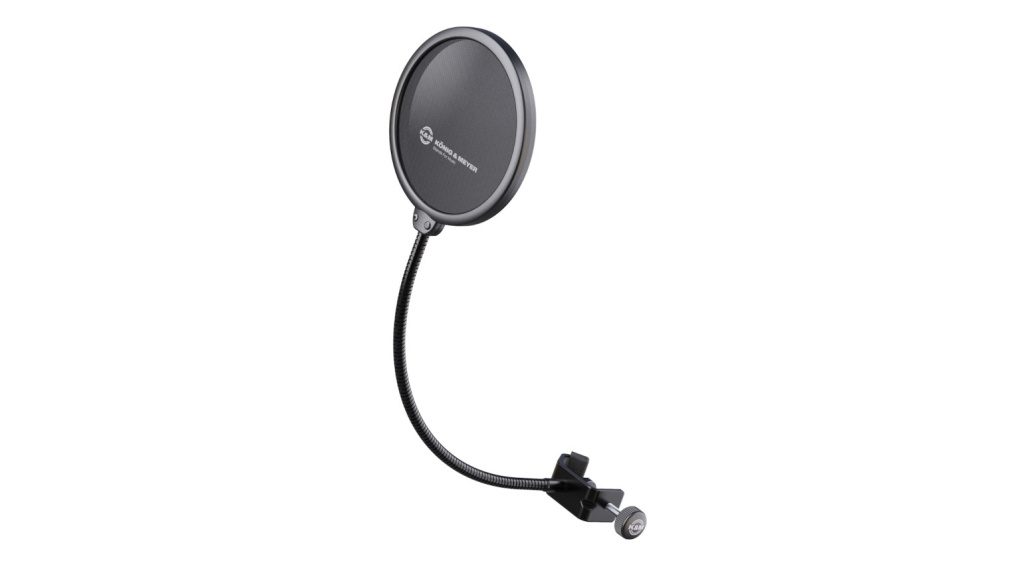
The pop filter will reduce the plosive and sibilant elements within a vocal performance, making the post-production task far easier. In addition, pop filters can help to remind your vocalist where the ideal mic distance is.
While many modern vocal styles involve almost eating the microphone, a pop shield can put some critical distance between the singer and the mic’s diaphragm.

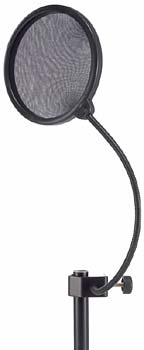

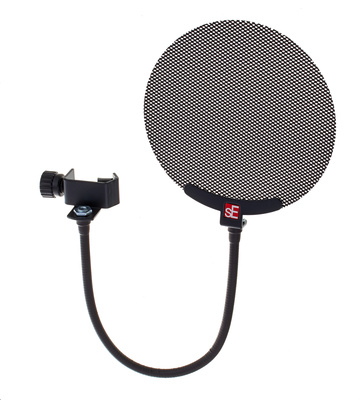
Studio Mic Stand
If you have the space, using a professional studio mic stand can help you get better results when recording. While most of the foldable live stands we often use are designed for portability, studio stands provide more accurate mic placement.
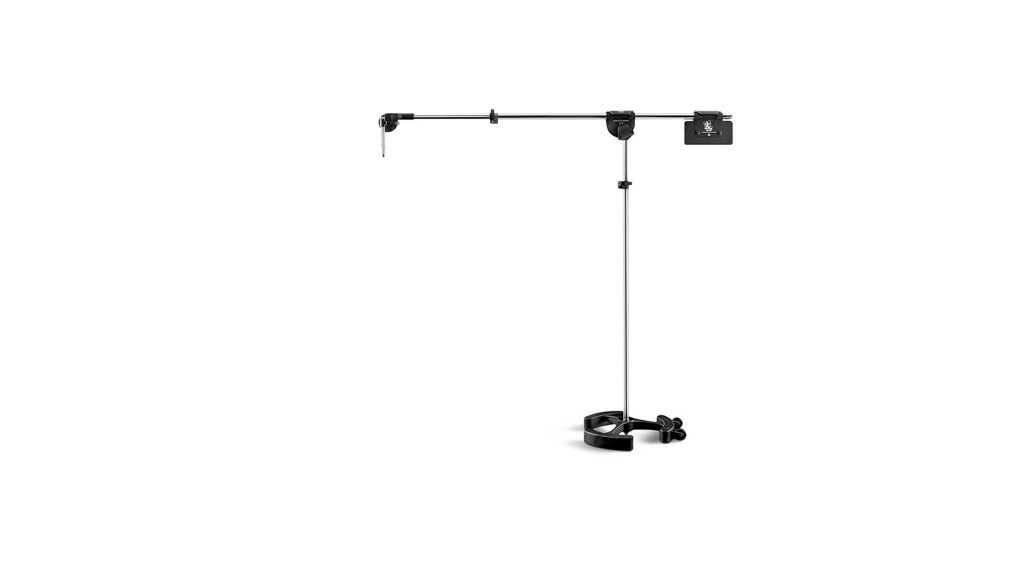
Because they are constructed with heavy-weight materials, pro studio mic stands offer greater stability. With extra reach, the mic stand can be configured out of the vocalist’s way, giving them more freedom to express themselves.
With sturdy grips, castors, counterweights, and quick-release systems, these mic stands are the best friends of some of the top studio mics available. This makes them essential items when you decide to invest in high-end mics.

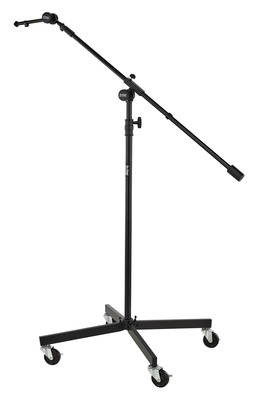

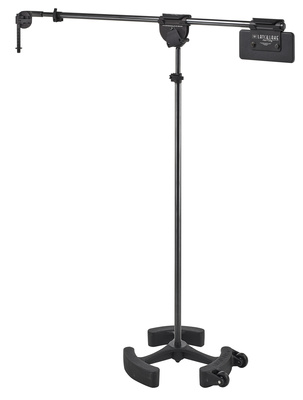
Closed-back Headphones
If you’re recording vocals, speech, or any instrument for that matter, you’ll need a set of closed-back headphones. While open-back headphones are preferable for mixing, they aren’t designed to give you the best isolation possible.
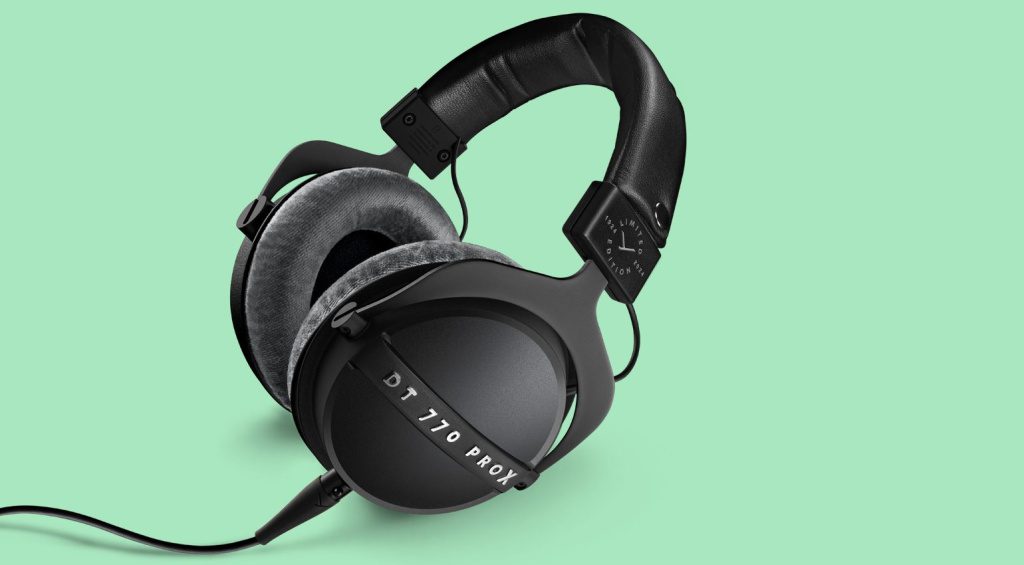
Alternatively, closed-back designs help you avoid headphone spill getting picked up by your mic. What’s more, you can get a better idea of the signal being recorded into your DAW.
You might be wearing these headphones for a while, which means choosing a pair with a nice comfortable headband and earcups. Furthermore, like us, they come in different shapes and sizes, so find something with a good fit.

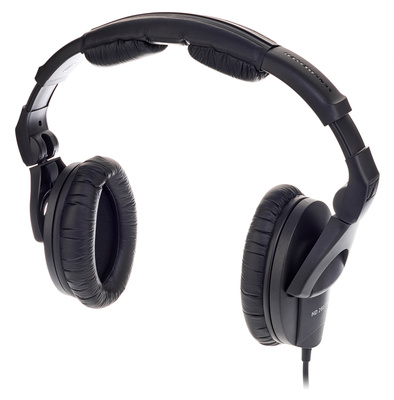

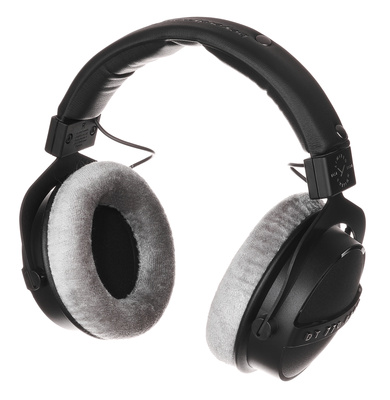
In-line Mic Preamps
Most home studios don’t have high-end console microphone preamps with endless discrete gain on tap. Therefore, an in-line mic pre like a Cloudlifter or FetHead is the perfect tool for upping the gain of low-output dynamic and ribbon mics.
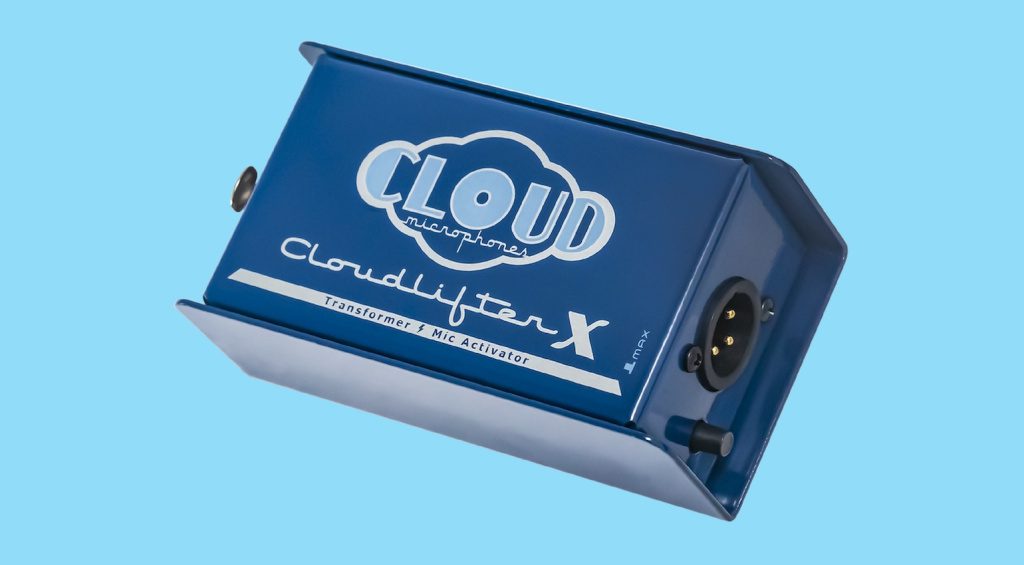
These devices usually add 25dB of gain without considerably increasing the noise floor. This means that you don’t have to push the gain on your audio interface, so you can achieve decent gain structure while tracking.
To use an in-line mic preamp, simply connect it between your microphone and audio interface and activate the 48-volt phantom power. Now, your SM57, SM7B, or RE20 will perform far better.

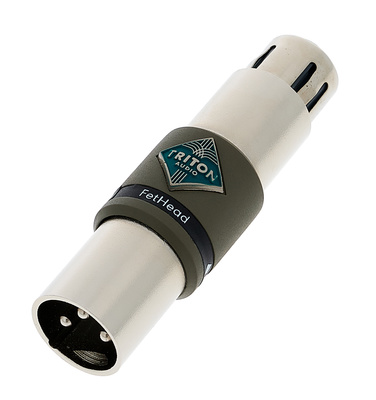

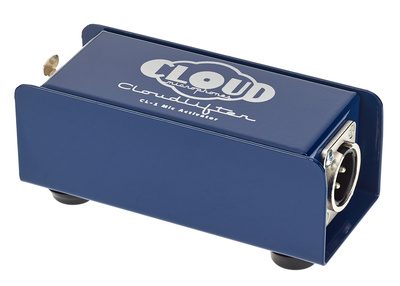
More about the Best 5 Microphone Accessories:
- More about Accessories
- Thomann’s Guide to Studio Acoustics
*Note: This article contains affiliate links that help us fund our site. Don’t worry: the price for you always stays the same! If you buy something through these links, we will receive a small commission. Thank you for your support!
One response to “The Best 5 Microphone Accessories to Improve Your Recordings”

 3,4 / 5,0 |
3,4 / 5,0 | 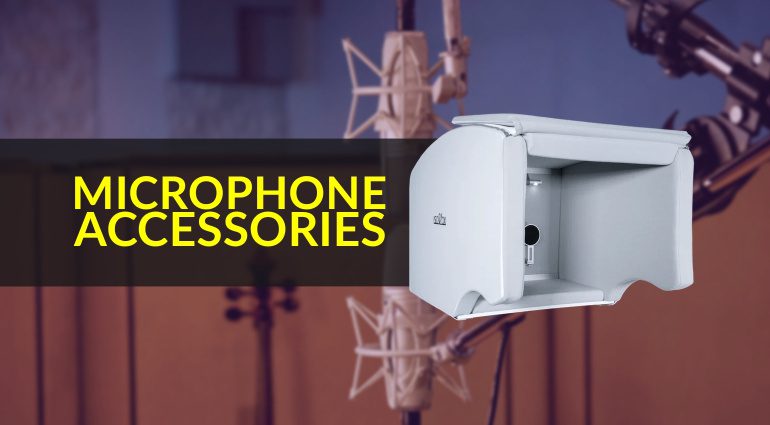


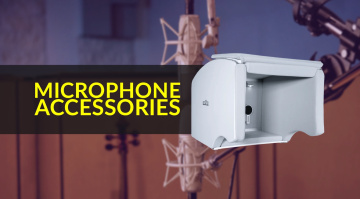

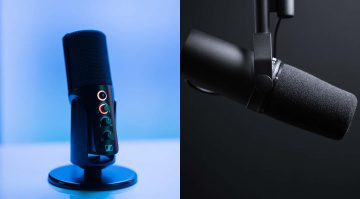
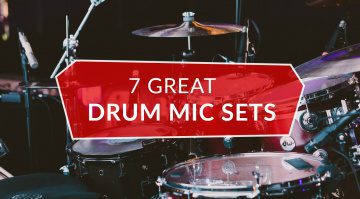
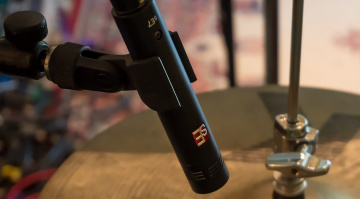
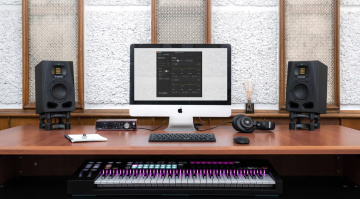

The reflection filters and “portable booth” have notoriously VERY limited use cases and will either do nothing or create resonance problems. (also the isovox barely reduces the sound coming in and out at all).
If you’re on a budget : buy an SM57. Dynamic mics are much better with poorly treated rooms